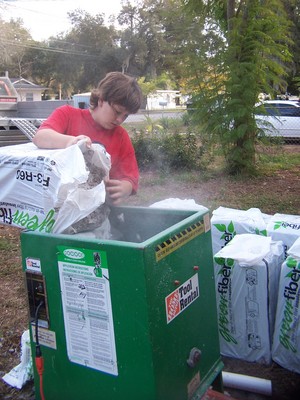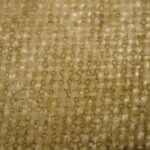It is time to lower the utility bills by adding a layer of insulation into the attic. This is a good plan if you have too little insulation to be effective overhead. You can use three different kinds of insulation depending on your preference and ability. All three types of insulation will do an excellent job if installed correctly. A few wise tips will make your efforts a little easier and perhaps more productive.
Decide on the type of insulation that you want to install.
Most attic insulation is either fiberglass or cellulose fibers. The fiberglass insulation comes in rolls or bats depending on what you want and where you buy it. Both styles will give you good insulation value. Cellulose fibers are generally blown in and fill up the attic to a height of 10 or 12 inches. The advantage of fiberglass insulation is that no special equipment beyond a ladder is required to put it into your attic. The cellulose fiber insulation requires equipment to blow the insulation all over the attic above your ceiling.
With roll or bat insulation, you can just lay it in the attic.
Being very careful not to step through the ceiling, carefully unroll the roll of insulation along the area between the ceiling joists. In most cases this insulation will be 6 to 10 inches thick. You need to wear a face mask to prevent the fiberglass dust and pieces from being inhaled into your lungs. Make certain that the mask fits tightly around your nose, cheeks, and chin for maximum protection. With bats, you can lay them in one bat at a time until the entire attic is covered with insulation. Some people buy enough insulation to lay another layer of it across the first one. This probably is overkill for most climates.
To insulate with celulose fibers, you really should have a helper.
One person goes into the attic with the hose that distributes the insulation while the other person runs the pump and opens bags of insulation to feed into the barrel. Use a face mask with this type of insulation, too. It is a good idea to tie a stick or some type of marker onto the end of the hose that can be used to measure the insulation level as you go. This way, you will not have to be continually stopping to see if the insulation is deep enough. You just fill the attic to the top of the marker and move on.
Avoid insulating your attic when it is hot outside.
Attics can get to 150 degrees F or hotter in summertime. Even a well-vented attic will get extremely hot. It is easy to develop heat stroke or exhaustion at these high temperatures. If you must insulate your home in the summer, do it extremely early in the day or very late at night. It is dangerous to do this work in the attic. So, take every precaution possible to protect yourself.
Cover vents from bathroom exhaust fans and the upper portion of light fixtures inside the attic.
You do not want your insulation clogging up the bathroom exhaust fans. These normally vent into the attic. Build a box out of cardboard to surround the vent pipe until the insulating process is complete. Uncover the vent so that the fan can work freely. The same is true for cannister lights. You need to shield them from the insulation and make sure that they have adequate clearance to keep fires from starting.
Regardless of the type of insulation used, attach a little fiberglass insulation to the topside of the attic port cover.
Everyone has experience the flood of insulation when opening up the attic access. This is because the insulation was allowed to cover the access opening. Keep the cellulose or fiberglass off of this panel. When the job is complete, attach a piece of fiberglass insulation to the attic side of this cover. This will give you insulation over the panel while limiting the amount of falling insulation to deal with when heading to the attic.



